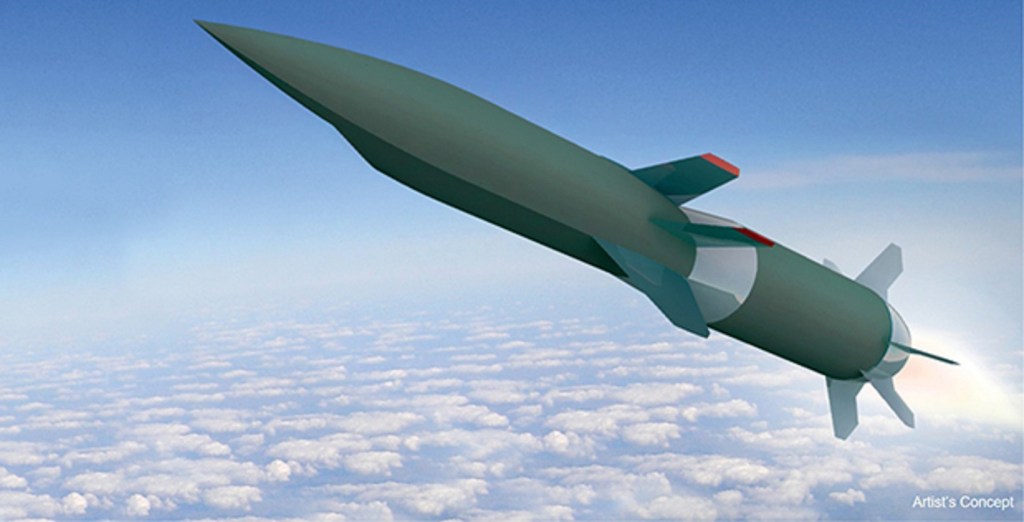On Saturday, the world’s first floating nuclear power plant set sail from St. Petersburg, Russia on a multi-year, 3,000-mile journey to Pevek, the northernmost town in Russia that sits well within the Arctic circle. The journey will take the ship through the Arctic sea along Russia’s northern seaboard. This route has raised concerns among environmental groups, which have called the ship a “floating Chernobyl” out of concern that an accident could devastate the Arctic marine environment.
The vessel’s actual name is the Akademik Lomonosov (after the Russian polymath who discovered the atmosphere of Venus) and it doesn’t contain its own propulsion system, so the nuclear barge must be towed by smaller boats. The power plant on board consists of two-nuclear reactors capable of delivering a combined 70 MW of power, approximately enough for a city of 200,000 people. This is far smaller than most nuclear reactors in operation in the US, which tend to deliver several hundred megawatts of power. The Akademik Lomonosov has been under construction for nearly a decade, but has been plagued by lawsuits and bankruptcy proceedings all the while.
Videos by VICE
According to the Rosatom, the state-owned corporation behind the floating power plant, the ship will first make its way from St. Petersburg to Murmansk, a port city in northwestern Russia, before ultimately heading to Pevek. During this first leg the ship will not carry any nuclear fuel, according to a Rosatom press release. Facilities for the ship are still being constructed at Pevek, so the ship will stay in Murmansk until next summer, at which point it will begin its journey to Pevek loaded with nuclear fuel and a crew.
According to Russia Today, the floating nuclear power plant is “expected to be used in remote regions of Russia’s high north and Far East, which currently see economic growth suffering from a lack of energy.” Rosatom also noted in its press release that the nuclear reactors will be used to power offshore oil drilling efforts in the Arctic.
Originally, the Akademik Lomonosov was meant to be loaded with nuclear fuel and tested in St. Petersburg, but these plans were abandoned after Norway and Finland put pressure on Russia to load the uranium fuel elsewhere. Greenpeace has expressed concerns with putting a nuclear power plant to sea.

“Nuclear reactors bobbing around the Arctic Ocean will pose a shockingly obvious threat to a fragile environment which is already under enormous pressure from climate change,” Jan Haverkamp, Greenpeace Central and Eastern Europe’s nuclear expert said in a statement.
The fears are not baseless. Not only is Chernobyl, one of the worst nuclear disasters in history, still fresh in the mind of Russians and nuclear experts, but the ship itself also caught fire last year in St. Petersburg. Although nuclear power has been used to fuel military submarines for decades, almost all major reactor incidents on these submarines, which resulted in release of radioactivity and in some cases the death of crew members, occurred on Soviet nuclear subs. On the other hand, the US has also deployed nuclear-powered aircraft carriers for years without incident. The main difference, of course, is that these ships are powered by nuclear energy, whereas the Lomonosov will not use nuclear power and the reactors will instead be used for energy on land.
Read More: Nuclear Power Plants Have a ‘Blind Spot’ for Hackers. Here’s How to Fix That.
Despite these fears, however, the world may see more floating nuclear power plants in the future: At least 15 countries, including China, Indonesia, Malaysia and Algeria have “expressed interest” in floating nuclear power. According to Greenpeace, Rosatom is planning a production line to mass produce these floating reactors for sale to other countries.




